
Have you ever felt that the weight of a spider has something to reveal that is not contained in just knowing its size? This, too, is a species that shows up in some very different forms. Some are spectacular web weavers, some build only in small patches, and some don’t build webs at all, in addition to being some of the most varied living creatures in looks and lifestyle.
For many of us, it might seem an insignificant detail – but measuring the mass of spiders offers a glimpse into their diverse and awe-inspiring lives. Of all known spider species, the tiny Patu digua, perhaps the lightest spider on Earth, could not weigh more than a single heap of dry husks. In stark contrast, the Goliath birdeater alone might weigh nearly as many heaps as the entire Patu digua population.
From studying spider’s weights, not only did we learn something new about spiders, but we also learned about their importance in our ecosystem. Now, let’s dive into the mysteries of spider weights – and what these minuscule, mighty spider kings tell us about nature.
Understanding Spiders: An Overview
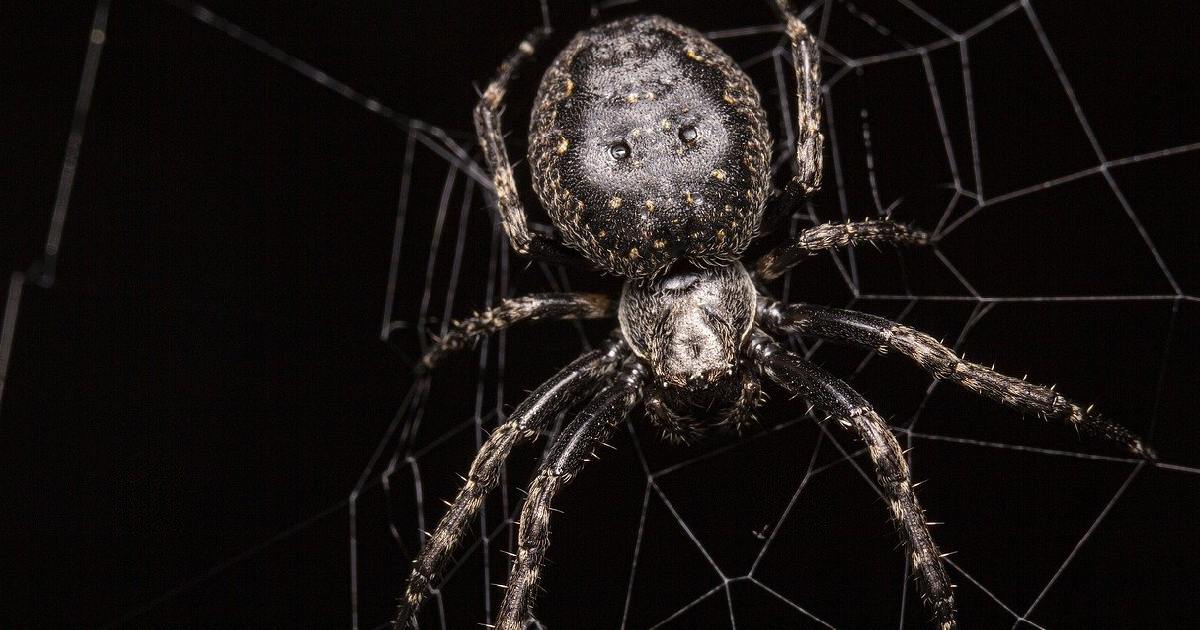
Spiders, members of the class Arachnida and the order Araneae, are an extremely diverse and widespread group of arachnids (with eight legs), associated mainly by humans with bad connotations but which, in fact, are one of the most successful groups of animals on the Earth.
Spiders are distinguished from insects in many ways, but most importantly through the possession of two main body segments – the cephalothorax and the abdomen – as well as by the production of silk from spinnerets situated at the back of the body, used for a great variety of purposes including building webs, laying egg sacs and, in some species, locomotion.
With more than 45,000 different species known worldwide, spiders are quite literally everywhere, from deserts to forests to human homes. Correspondingly, they show a remarkable array of habitat preferences, body types, and behaviors, which in turn diversifies body sizes and weights.
Factors Influencing Spider Weight
Size, age, species, and sex are among the traits that could account for these observed differences in spider weight:
Size
In general, the larger the body, the heavier the weight and the length (leg span) of the spider; in general, the longer, the heavier. Sample calculations commonly relate larger spiders, such as tarantulas, to smaller species, such as the common house spider.
For instance, while individual common house spiders range in size, they’re much lighter than other spiders (e.g., trapdoor spider groups). These will commonly have much larger legs (and longer leg spans) than the common house spider, which, in turn, makes them bulkier.
Age
Young spiders – called ‘spiderlings’ – weigh only a small fraction of what adult spiders weigh. As spiders grow by molting to a larger size in successive soft stages, they gain additional mass.
Species
The body size and shape of different species matter. A tarantula’s robust body, for example, means that it’s heavier than more lithe species such as orb-weaver spiders.
Gender
Female spiders of most spider species are heavier than males, and gravid (egg-carrying) females become much heavier.
Record Weights: From Smallest to Largest Spiders
Between the smallest jumping spiders, which are too light to jump very far relative to their own size, and those as heavy as a dinner plate, the world of spiders contains a great variety of sizes and weights.
We have listed five common spider species in order of lightest to heaviest weight, which illustrates the incredible diversity found in the kingdom of spiders.
Patu Digua
Named after the village where it was discovered, which is from Río Digua, Patu Digua is variously reported to be the smallest spider in the world. The average body size of the adults comes in at less than 0.4 millimeters and can weigh as little as 0.0001 grams. This spider, from Colombia, weighs so little that it would be difficult to measure it without using special equipment: scientists estimate its weight to be just a few micrograms.
Wolf Spider
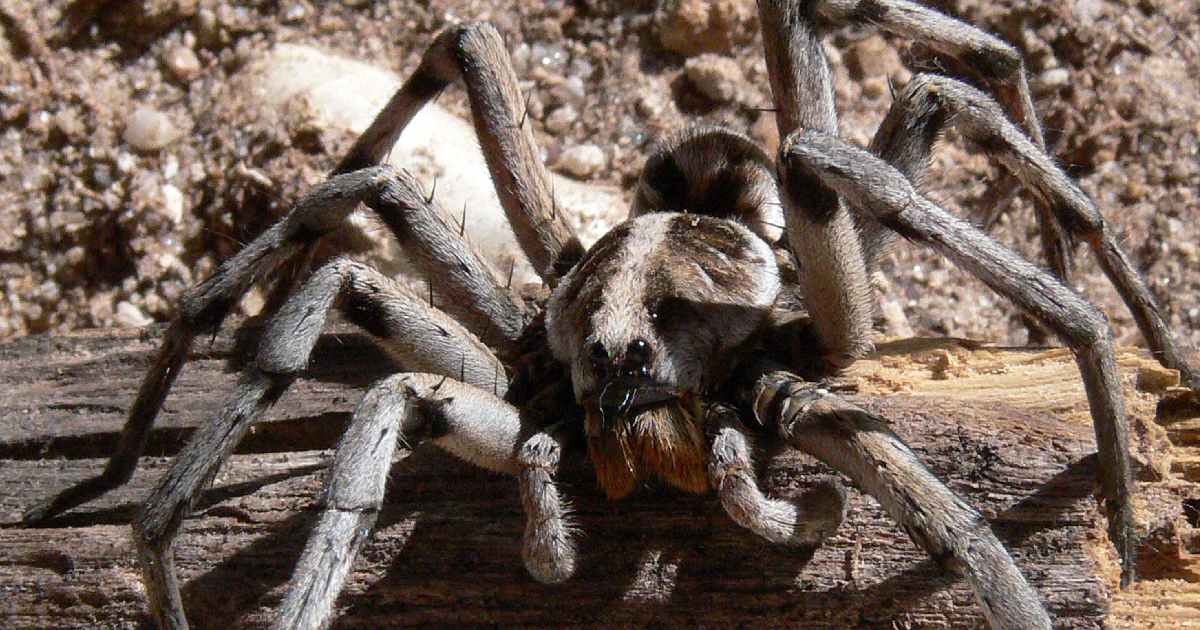
Often recognized as one of the largest spiders in many habitats worldwide, wolf spiders are renowned for their sturdy physiques and quick movements. Adults come in many different sizes, with some of the larger species possessing a singular mass of up to 1 gram. The spiders’ leg span and body mass contribute to the superior size of the wolf when placed beside members of the Pisauridae, Lycosidae, and Sicariidae families.
Brazilian Salmon Pink Birdeater (Lasiodora parahybana)
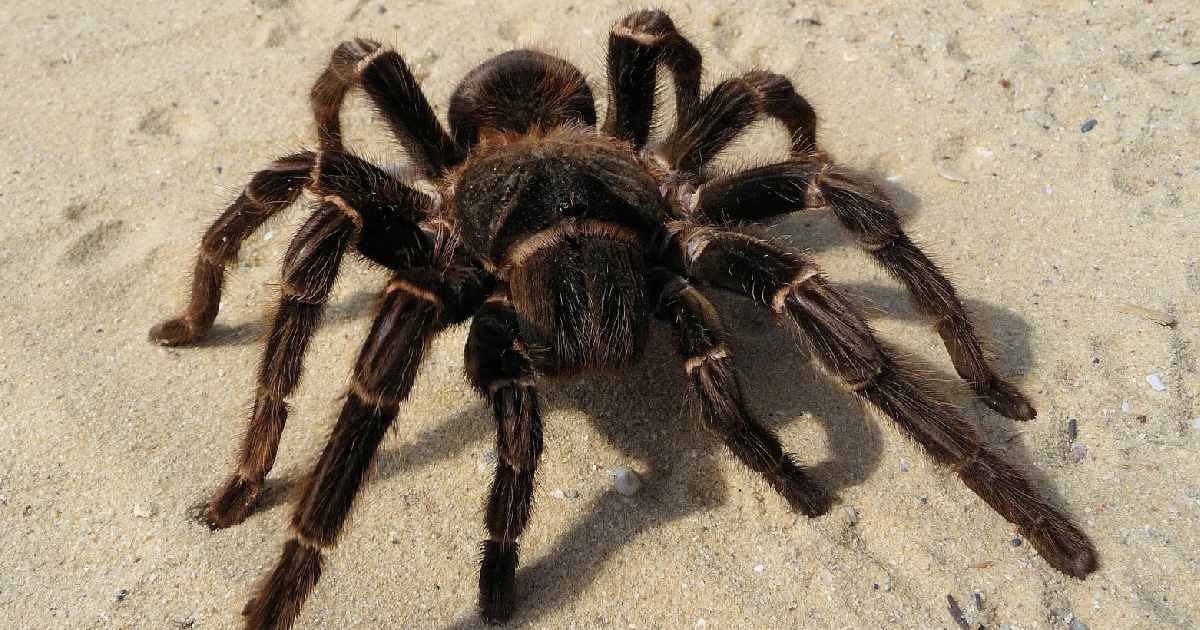
Among the largest arachnids in the world is the Brazilian Salmon Pink Birdeater. Females weigh over 100 grams and have legs as much as 28 centimeters in diameter. Found in Brazil, the origins of its name lie in the fact that this spider is covered with pink hairs on its legs. A beautiful spider, if you aren’t afraid of tarantulas, it quickly transforms from beautiful to intimidating in the hands of tarantula hobbyists who maintain that this spider is ‘so gentle.’
Giant huntsman spider (Heteropoda maxima)
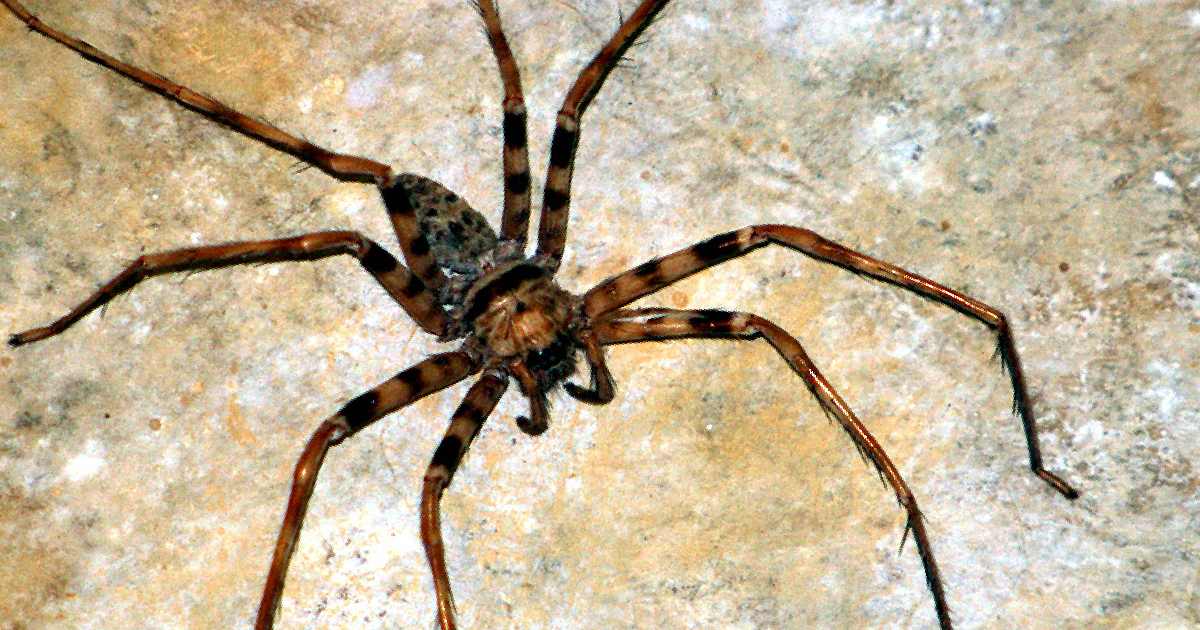
Leg-spread of 30 cm, weight of 167 grams: this is the size of the gargantuan Giant Huntsman, native to Laos, where it causes trouble because of its big legs and speed, which help it catch insects and other small animals. The spider itself – despite the fact that its looks instill terror in our souls – in no way hurts humans, which makes it even more intriguing.
Goliath Birdeater (Theraphosa blondi)
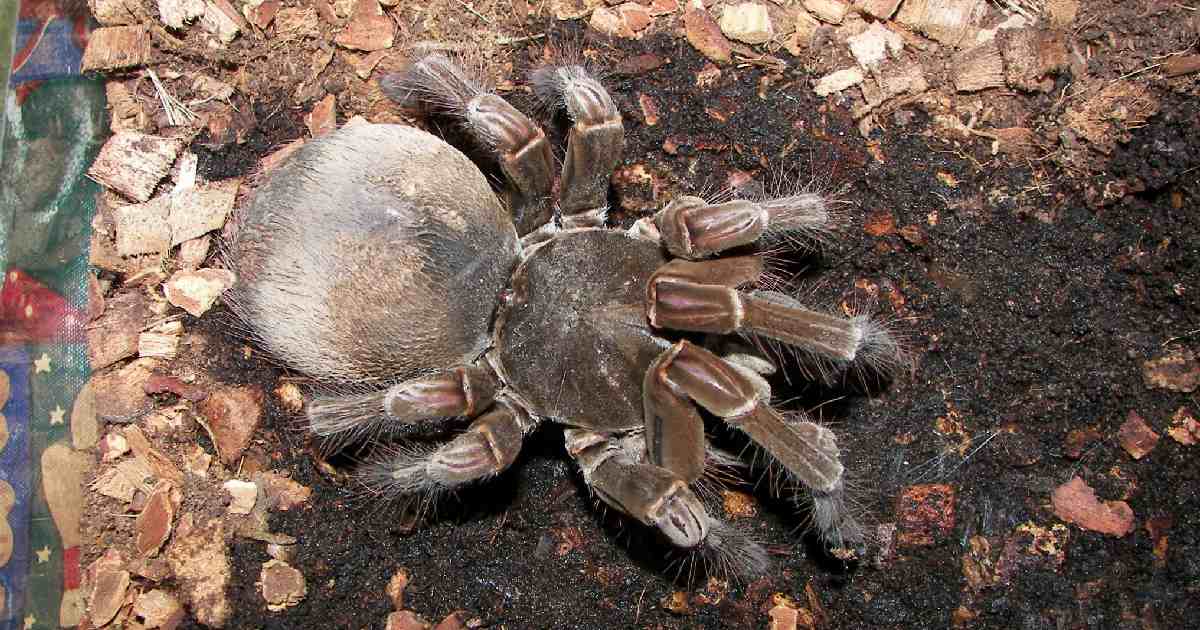
The Goliath Birdeater, one of the largest and heaviest spiders in the world, can have a leg span of 30cm and weigh more than 170 grams – no fiddling around for this South American (especially Amazon rainforest-dwelling) tarantula.
These spiders serve to illustrate the immense variation in size and weight among arachnids, from those who are barely detectable as vertebrates to those who would each be wonderfully bulky. Every species they depict is a wonder, a testament to the adaptive diversity of spiders on the planet.
Practical Reasons to Know Spider Weights
Have you come across the question, “How much does a spider weigh?” So what? Why should people care about this? There are several reasons this topic is worthy of attention. Quantifying spider weight is important for taxonomists and entomologists who research and keep spiders as pets.
Learning how heavy spiders get as they grow and how much they weigh when they are full-grown can provide insights into their feeding rates and general health. We must know how much spiders eat and the role they can play in pest control.
Scientific Research
To a scientist hoping to study a spider, its weight offers varied messages about its nutritional status and reproductive health – an important ecological assessment for understanding individual population dynamics that are often key to the conservation of species.
Weight in an ecological study can be a simple measure of an animal’s contributions to an ecosystem as a top predator (or as an influential part of the web of life). Because spiders, for example, prey on vast quantities of insects, their presence and wellness have a direct influence on the control of insect populations that might be pests to natural and agricultural ecosystems.
Hobbyists
Among some non-researchers – such as hobbyists who keep spiders as pets – body weight is regularly tracked, not only as an indicator of health and nutrition but as an early detecting system for abnormalities. Early detection is imperative for species with long life expectancies under human care, such as tarantulas, whose lives can span decades.
Ecological Impact
Spiders are where they are because they are excellent natural pest controllers, preying primarily on insects and helping to maintain the ecological equilibrium of many systems – from the forests to your backyard. In fact, one of the best measures of ecosystem health is an estimate of the biomass of spiders within an area.
Common Myths About Spiders and Their Weights
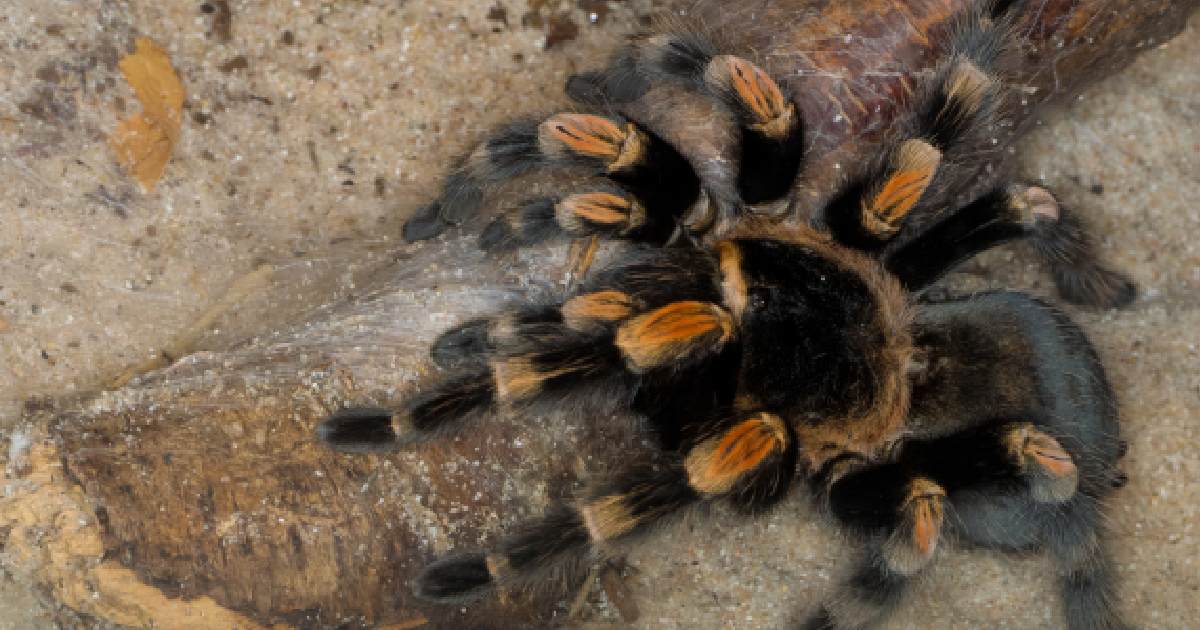
There are a lot of spider myths out there, with some focusing on their sizes and weights. Below are some misconceptions about spiders and our responses.
Myth: All Big Spiders Are Heavy
Not all big spiders are heavy. Two spiders within the same species can differ in weight depending on age, nutritional status, and other physiological variables. The weight can be a biased indicator of an individual spider as masses might also differ among individuals of the same species and, thus, of the same age. For instance, a spider’s weight scales linearly with size but varies among species and is also related to body composition or body parts.
Myth: Spiders Grow Indefinitely
A second fallacy bears mentioning: people say spiders get ‘bigger and bigger in their lifetimes.’ A spider grows by molting; it usually grows to some specified adult size, limited by species-specific genetic factors, after which it stops growing, their weight being stable in adulthood.
Myth: Spider Bites Are Correlated with Their Size and Weight
The lore assumes that giant spiders are more dangerous because they are bigger and heavier and capable of more venomous bites. Yet venom toxicity owes little to the body weight, length, or size of the spider. Some of the world’s most poisonous spiders – including the black widow and countless others – are quite small.
Dispelling these myths can allow us to better appreciate the diversity and ecosystem importance of spiders, free from both the negative anti-arthropod bias that often skews human sentiment toward spiders and the false preconceptions that can lead people to jump off buildings.
Conclusion
In this expeditionary trek on spider weights, we found out that weight is influenced by species, size, age, and gender. It is thanks to spider weights that we can learn about the lives of these small creatures and their environments, from the littlest super young spiders to the older spider dads.
But most spiders pass through our lives unnoticed, picking off insects and helping to keep their numbers in check. All these findings add encouraging depth to our appreciation for spiders, which now we can recognize as not just neat but also crucial players in the ecosystem and efficient biological machines.
Do you like these animals yet? Whether it’s by reading more about the earliest spiders or learning about other spider species, there is always something interesting to discover about these wonderful arachnids.
Frequently Asked Questions (FAQ)
How much does a common spider weigh?
Weights vary widely depending on species, but many common house spiders typically weigh between 0.5 milligrams and 3 milligrams, with some tiny spiders, like those from the Linyphiidae family, weighing as little as 0.01 milligrams.
What is the heaviest spider in the world?
The heaviest spider in the world is the Goliath birdeater (Theraphosa blondi), native to South America, which can weigh as much as 175 grams (about 6.17 ounces).
How much does a tarantula weigh?
Tarantulas are some of the largest spiders out there, but how much do they weigh? The answer depends on the species, but most tarantulas weigh between 15 g and 85 g, with some of the larger kinds exceeding this range.
How much can a spider lift?
Spiders might be able to lift their own body weight several times. Estimates based on sprinting spiders suggest they can go as high as 170 times their own weight by virtue of the relative size of their muscles.
What is the average size of a spider?
There is an enormous size variation in the individual species between all these thousands of spider species. The body length varies from around 0.5 millimeters up to 90 millimeters. The body length of many common household spiders is somewhere between 5 to 8 millimeters.

